FIVE TRAITS That Good Characters MUST HAVE
Ever notice how some fictional icons stick with you for decades, spawning sequels, merch empires, and endless fan art, while others fizzle out faster than a bad sequel? It’s not random luck or marketing magic alone. Successful characters nail at least one core trait that hooks audiences on a visceral level:
attractive (from cool, visually striking designs to outright sexy appeal)
relatable (likable everymen or empathetic underdogs)
competent (winners who dominate through skill or power)
funny (witty on purpose or hilariously reactive)
aspirational (rags-to-riches arcs or pure power fantasies)
If your character nails multiple traits, then you’re dealing with a cultural phenomenon—think enduring legends that cross generations and media. Miss them all? Your “hero” becomes a forgettable punchline, and your project tanks hard, leaving creators scratching their heads over empty theaters or abandoned servers.

Few characters boast all five traits; perfection’s rare in storytelling because real humans are flawed, and fiction thrives on that tension. But stack three or more, and popularity explodes like a viral meme. Batman, for instance? He’s a masterclass: competent vigilante (tech mastery, physical dominance, detective genius), aspirational (billionaire orphan turned avenger of the night), attractive (that iconic cape-and-cowl silhouette that’s cool as hell, brooding shadow in the dark), relatable (haunted by parental trauma we all fear losing loved ones to), with a dash of dark humor in his brooding one-liners and interactions with sidekicks. The Joker, his eternal foil? Funny (chaotic reactive antics that turn Gotham into a circus of madness), competent (master manipulator who topples empires with a smile), attractive (pale makeup, green hair, and purple suit as visual nightmare fuel that’s become pop culture shorthand), aspirational for villains (the ultimate anarchy fantasy of burning it all down), and oddly relatable in his “one bad day” philosophy that taps into everyday frustrations amplified to insanity. Their rivalry’s eternal because they embody these traits in perfect opposition—hero vs. chaos—keeping fans hooked across comics, films, animated series, and video games for over 80 years.
Contrast that with something like Gotham City Imposters (2012), a largely forgotten multiplayer shooter video game riffing on the Batman universe with customizable “impostor” Batmen and Jokers in goofy, mismatched costumes. Sounds fun on paper, right? A satirical take on the caped crusader mythos with team-based battles. But it flopped spectacularly—servers were shuttered within months of launch, sales were dismal, and it’s largely remembered as an overlooked piece of trash in gaming history. Why? No compelling characters to latch onto. The generic knockoffs lacked any real traits: not visually cool enough to inspire cosplay or memes, no relatability in their anonymous facelessness, middling competence in forgettable gameplay mechanics that didn’t stand out, zero humor beyond basic sight gags like oversized heads or silly hats, and no aspiration beyond “be a Batman-lite in a deathmatch.” Audiences don’t rally to vague ideas of characters; they latch onto fully formed personalities that resonate on an emotional or instinctual level. Batman endures because he’s a brooding badass you root for, a symbol of justice born from pain; the Joker thrives as the unhinged foil you love to hate, a chaotic force that’s terrifying yet captivating. Imposters? Just pale, interchangeable echoes that no one cared to remember.
This failure underscores a broader issue plaguing modern entertainment: a years-long disconnect between mainstream producers and the consuming, paying audience. Creators, often insulated in echo chambers of Hollywood or corporate boardrooms, chase a mythical “modern audience” by crafting unlikable characters that reflect macro-cultural issues in the West—like mass infantilization (perpetual adolescence in media), the mental illness epidemic (trauma as personality), an obsession with self-loathing (heroes who hate themselves more than villains), and “trauma bragging” (endless monologues about past wounds as character development). The result? Flops that prioritize agenda over appeal, alienating lifelong fans while failing to attract new ones. Think recent Marvel/Disney disasters: Rey from Star Wars might be aspirational in her raw power, but she’s an unrelatable Mary Sue with zero humor, charm, or growth arc that feels earned. She-Hulk? Intended as funny with her fourth-wall breaks, but it lands as grating and preachy, turning relatability into annoyance. These aren’t heroes; they’re avatars for producers’ social engineering, and audiences have voted with their wallets—billions lost in box office bombs and canceled series.
In commercial art—whether movies, books, games, or comics—characters must attract an audience; not everyone, but a dedicated one that spreads the word. Often, the greatest characters elicit attention from multiple demographics but for different reasons, creating crossover appeal that turns niche into mainstream. Kids might love the funny antics, teens the aspirational power fantasy, adults the relatable depth. Let’s dive deeper into each trait, spotlighting icons who stack ‘em high, and explore why ignoring them leads to cultural disconnects.
Attractive: Cool Design to Sexy Allure
Visual punch is the first, often subconscious hook—before a single line of dialogue or plot twist, the look sells the character. It’s why cosplay conventions are packed and fan art floods social media. Superman’s design is a prime example: chiseled jaw, blue tights, red cape flowing in the wind—pure aspirational cool that’s inspired countless imitations since his 1938 debut. The S-shield is instantly recognizable, evoking strength and hope without needing explanation. It’s not just handsome; it’s symbolic, a beacon that draws eyes and hearts.
Lara Croft takes attractiveness to adventurous extremes. From her 1996 debut as a pixelated bombshell with twin pistols, short shorts, and a braid, to her modern iterations as a rugged archaeologist in tactical gear, she’s always balanced sexy appeal with cool, iconic elements like holsters and artifacts. Her design screams “capable explorer,” but the curves and athletic build add that unattainable fantasy layer, making her a pin-up for gamers while empowering through competence. Bayonetta amps it up to flamboyant levels: a lanky witch in glasses, summoning demons with hair-based witchcraft while strutting in gun-heeled dominatrix outfits. Her long limbs, curves, and baroque accessories are cool in their excess, sexy in their confidence—it’s a design that’s spawned cosplay empires, memes, and even fashion influences. The visual flair isn’t gratuitous; it ties into her personality, making her unforgettable.
Master Chief from Halo? His faceless Spartan armor is cool anonymity personified—bulky green plating, glowing visor, energy shields—that sparks mystery and projection. Fans imagine themselves inside, which adds relatability. The Ghostbusters crew? Their distinctive goggles, proton packs, and slime-stained jumpsuits are visually quirky and team-oriented, instantly merchable and cool in their retro sci-fi vibe. Teenage Mutant Ninja Turtles? Pizza-munching mutants with colored masks, shells, and signature weapons—cool, colorful, and differentiated (Leo’s katanas for leadership, Donnie’s bo staff for tech smarts). Each turtle’s design reinforces personality, making the group attractive as a whole.
Attractiveness isn’t shallow—it’s evolutionary psychology at play. Cool designs trigger awe and admiration; sexy ones tap into desire and fantasy. In a saturated media landscape, it’s the differentiator that gets butts in seats or thumbs on controllers. Modern Western flops often ignore this, desexualizing heroines with baggy outfits and “realistic” proportions that blend into blandness, while Asian games like Bayonetta thrive by embracing bold visuals. Without a visual hook, characters fade into the background noise of forgettable entertainment.
Relatable: Likable Everyman to Empathetic Underdog
Relatability builds emotional investment—audiences need an entry point, someone mirroring their flaws, dreams, or struggles to feel connected.
Rocky Balboa is the king here: a South Philly club fighter with a thick accent, simple dreams, and a heart of gold—the likable lug you know from the neighborhood gym or bar. His empathy shines through in his underdog status, going the distance against Apollo Creed not for glory, but for self-respect. It’s the grind of training montages and personal losses that makes him relatable; we’ve all faced long odds, and Rocky’s persistence mirrors our own quiet battles.
Daniel LaRusso from The Karate Kid? An awkward Jersey teen uprooted to California, bullied by rich kids, learning karate under Mr. Miyagi—every adolescent’s wish-fulfillment mirror, relatable in his clumsiness, crushes, and growth from zero to hero.
Dorothy Gale in The Wizard of Oz: A Kansas farm girl whisked to a fantastical land, missing home amid wonders—universal homesickness and coming-of-age that taps into empathetic longing for belonging.
John McClane in Die Hard: A barefoot, jet-lagged cop crawling through vents to save his wife from terrorists—relatable everyman thrust into extraordinary chaos, his vulnerability (marital woes, physical exhaustion) grounding the high-octane action.
Riggs and Murtaugh from Lethal Weapon: The odd-couple dynamic is gold—Riggs’ suicidal recklessness (relatable grief from loss), Murtaugh’s family-man caution (empathetic dad protecting his own)—making their bond feel like real friendships we’ve all had. Even Kratos from God of War: A rage-fueled Spartan demigod seeking redemption while guiding his son—modern fatherhood woes wrapped in mythical violence, relatable in themes of anger management, legacy, and parental sacrifice.
Relatability fosters loyalty; fans see fragments of themselves, turning passive viewers into passionate advocates. But modern pitfalls abound: Unlikable “strong” women or brooding anti-heroes sans charm, like Captain Marvel’s stoic perfection—zero empathy, all untouchable power. Or trauma-bragging characters that reflect cultural infantilization, where endless victim monologues replace growth arcs. Audiences want inspiration from relatability, not mirrors to their malaise; that’s why classics endure while new IPs flop.
Competent: Technical Wizard to Physical Beast
Nothing thrills like watching mastery unfold—competence commands respect and delivers vicarious triumph.
Bruce Lee: A martial arts virtuoso whose fluid kicks and one-inch punches defy physics—competence incarnate, his Jeet Kune Do philosophy influencing fighters and films worldwide.
Jackie Chan: A stunt maestro turning everyday objects like ladders or fridges into improvised weapons—proficient chaos blending acrobatics with split-second timing, often performing his own risks for authenticity.
James Bond: The suave spy with gadgets, marksmanship, seduction skills, and unflappable cool—always one step ahead in high-stakes espionage, competent in crisis after crisis.
Ellen Ripley from Alien: A xenomorph-killing warrant officer who evolves from blue-collar engineer to power-loader pilot, her technical savvy (welding doors, hacking systems) saving the day in horror’s vacuum.
Blade: The half-vampire Daywalker slicing undead hordes with swords, stakes, and UV gadgets—physical dominance over supernatural foes, his serum-fueled strength making him a one-man army.
Lando Calrissian from Star Wars: The smooth smuggler outfoxing Imperials with charm, piloting the Millennium Falcon, and deal-making—competent rogue who turns betrayal into redemption.
Kratos: The bald brute ripping gods apart with Leviathan Axe and Blades of Chaos—physical beast mode, his Spartan training amplified by divine rage.
These aren’t flukes; competence fuels cheers, letting audiences live through unbeatable skills. Flawed competence adds depth: Riggs’ expert shooting shadowed by mental instability. Modern errors: Incompetent “relatable” heroes fumbling without payoff, like recent Star Wars leads who win by plot armor—fans crave winners who earn it, not whiners handed victories.
Funny: Active Wit to Reactive Goof
Humor humanizes, lightening tension and making characters memorable amid drama. Bond’s dry quips post-kill (”Shocking. Positively shocking”)? Active charm that undercuts danger with sophistication. McClane’s sarcasm amid gunfire (”Come out to the coast, we’ll get together, have a few laughs”)—reactive gold born from frustration.
Ghostbusters: Venkman’s sleazy one-liners (”We came, we saw, we kicked its ass!”), Spengler’s deadpan nerdery—team comedy perfection, reactive to supernatural absurdity like crossing streams or Slimer goo. TMNT: Michelangelo’s “cowabunga!” party dude energy, Raphael’s snarky attitude—active humor in battles, reactive to each other’s personalities.
Riggs’ reckless antics provoke Murtaugh’s exasperated “I’m too old for this shit!”—reactive buddy gold that grounds the action in levity. Funny traits endear; even serious icons like Batman slip in quips (Nolan’s “Why so serious?” nod). Modern flops: Forced “woke” humor that’s preachy or mean-spirited, not punchy—She-Hulk’s meta rants flop because they scold viewers instead of inviting laughs. Audiences want humor that enhances traits, not alienates with agenda.
Aspirational: Everyday Grind to Power God
Aspirational traits are dream fuel, keeping us coming back for that “what if” high. Luke Skywalker: Tatooine farm boy discovering the Force, rising to Jedi knight—aspirational arc of destiny and self-discovery. Superman: Kryptonian orphan Clark Kent saving Metropolis as the Man of Steel—power fantasy of benevolence and invincibility.
Bond: License to kill, globetrotting luxury, gadgets galore—aspirational lifestyle of danger and sophistication. Rocky: Underdog boxer rising through sweat and heart to challenge champs—aspirational grit for the average joe. Kratos: Mortal warrior to God-Killer, vengeance evolving to paternal legacy—aspirational rage channeled into purpose.
Lara Croft: Intellectual tomb raider uncovering ancient secrets—aspirational blend of brains and brawn. Bayonetta: Witch queen defying heaven and hell with style—aspirational dominance over cosmic forces. Master Chief: Halo’s silent savior, humanity’s shield against aliens—aspirational stoic heroism.
Aspirational characters inspire emulation—kids mimic Bond’s cool, adults chase Rocky’s perseverance. They turn fiction into motivation, why classics like these spawn real-world impacts (e.g., martial arts booms from Lee/Chan).
Stacking Traits and Popularity Dynamics
Stacking multiplies impact. Rocky: Relatable underdog (likable Philly joe), competent boxer (goes the distance), aspirational champ (title shot), funny mumbler, attractive ruggedness—4/5, birthing a franchise. Bond: Attractive/sexy (tuxedo charm), competent spy, funny quipper, aspirational agent—4/5, 60+ years of films. Ripley: Competent survivor, relatable worker-mom, tough warrior, attractively fierce—4/5, sci-fi legend defining aspirational women.
All five? Superman: Attractive physique, relatable Clark, competent invincible, funny bumbler (glasses disguise), aspirational hero—tops lists forever. Batman edges close: Add aspirational billionaire vigilante.
Popularity stems from multi-demographic pull: TMNT funny for kids, competent ninjas for teens, relatable brothers for adults. Ghostbusters relatable nerds for geeks, aspirational ghost-hunters for action fans.
The Modern Disconnect and Its Failures
The disconnect arises from cultural shifts: Producers, influenced by Western trends, create “modern audience” anti-heroes—whiny, incompetent, trauma-dumping messes that reflect mass infantilization (delayed adulthood in media), mental illness epidemics (depression as default), self-loathing obsessions (heroes who apologize for existing), and trauma bragging (endless flashbacks as “depth”). This yields unlikable shells: Rey’s power without struggle (aspirational but unrelatable), Velma’s reboot snark (funny? Mean and alienating). Flops like The Acolyte (low Rotten Tomatoes audience scores), Rings of Power (divided fans, billions in production for middling returns)—studios lose billions chasing ghosts.
X and Reddit roast these: “Unlikable protags” in Forspoken‘s Frey (whiny, zero charm, competence buried under attitude). Concord‘s heroes? Forgettable designs, no humor, forced diversity sans traits—shut down after weeks. The “modern audience” trope assumes fans want mirrors to dysfunction; they want escape and inspiration.
Conclusion: Reviving the Formula for Future Success
Revival demands embracing these traits: Craft characters that attract visually, relate emotionally, win competently, amuse cleverly, and inspire aspirationally. Stack ‘em wisely, and legends emerge. Indies and Asia lead the way—Bayonetta’s sexy competence, Kratos’ rage-father relatability—while mainstream must reconnect. Ditch the disconnect, give us heroes worth rooting for, or watch audiences walk to better stories. Entertainment’s future hinges on it—forge icons anew, and watch culture thrive.
SARJ OUT




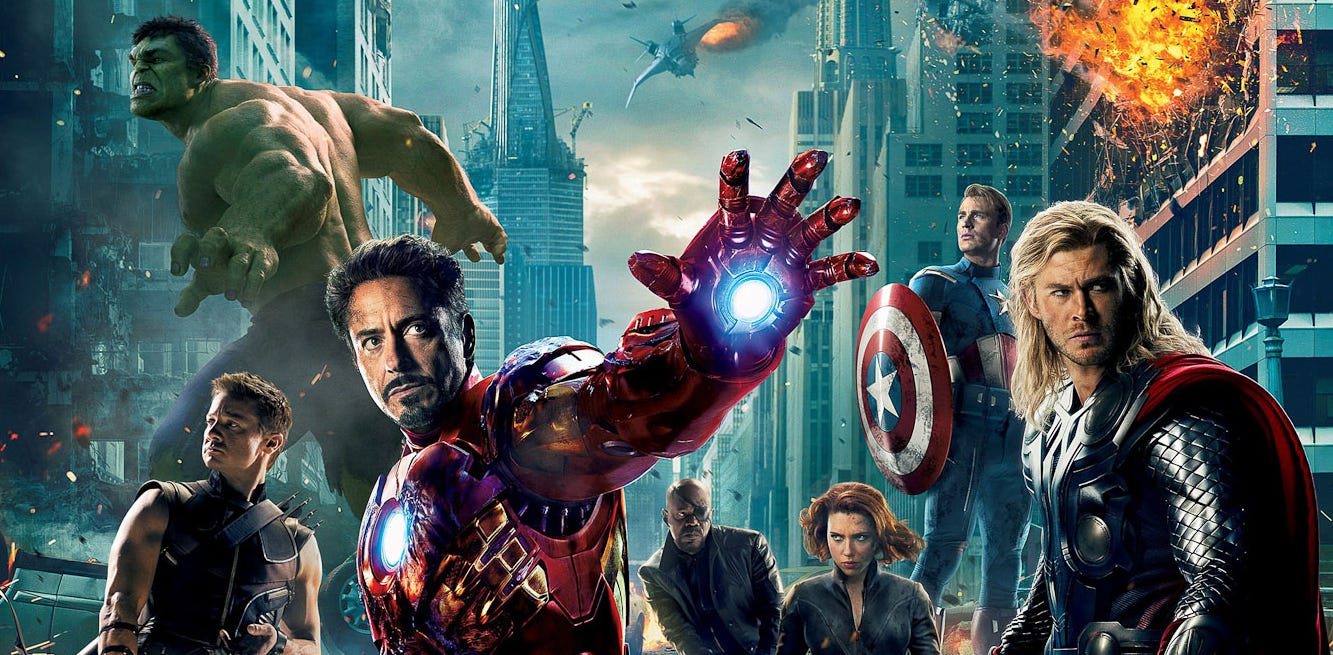

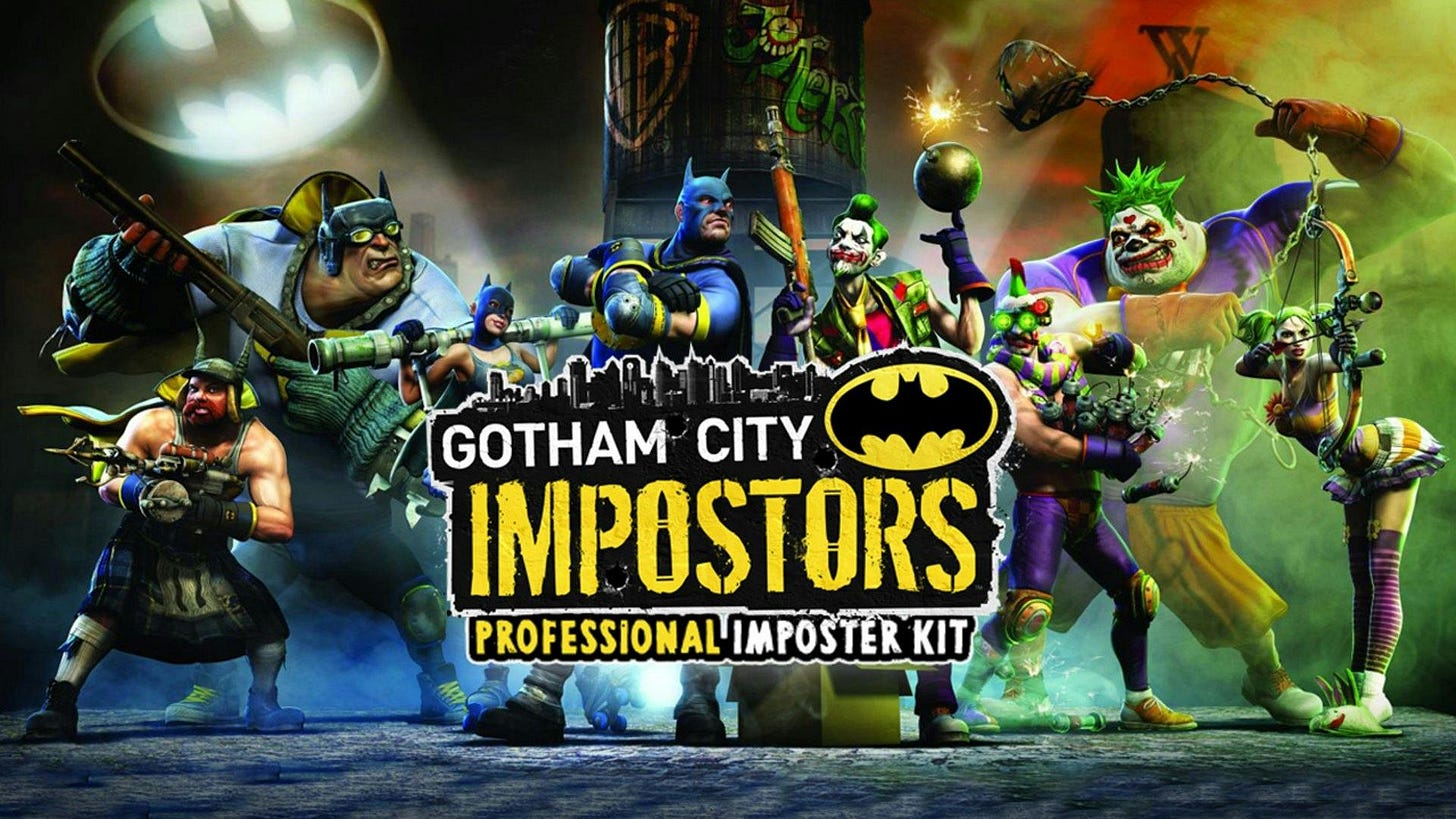
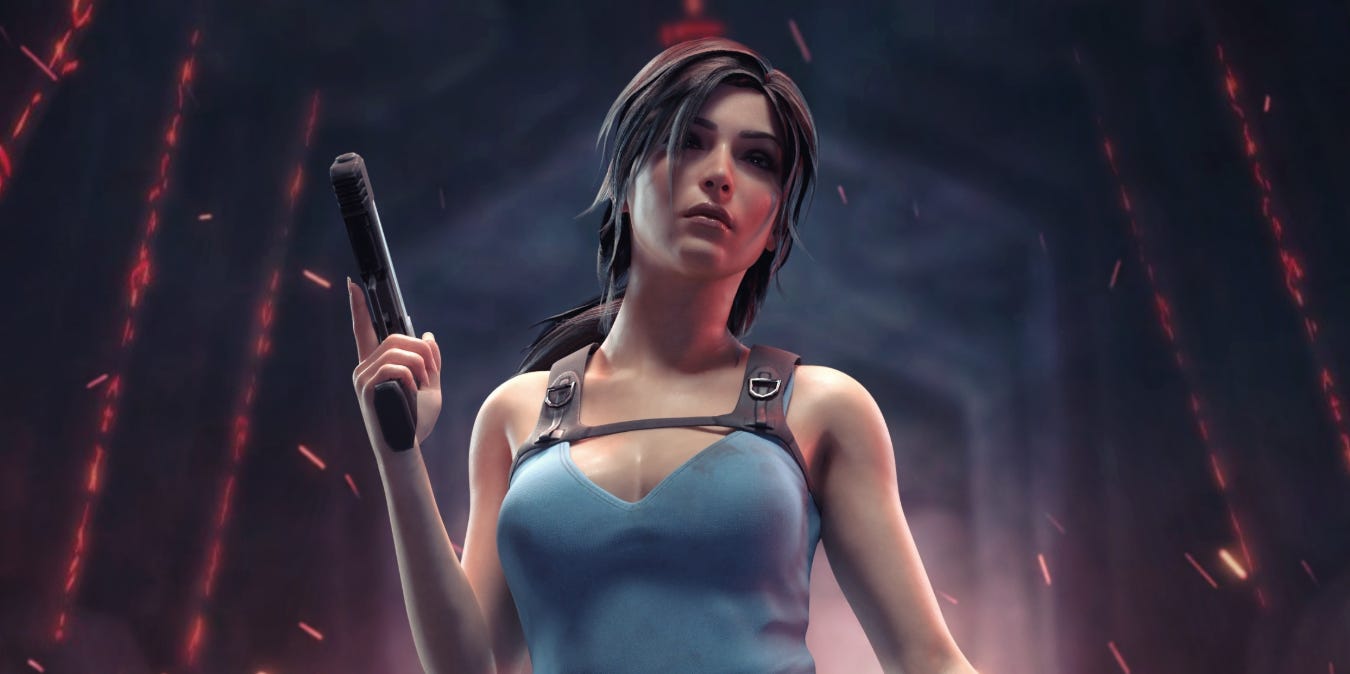
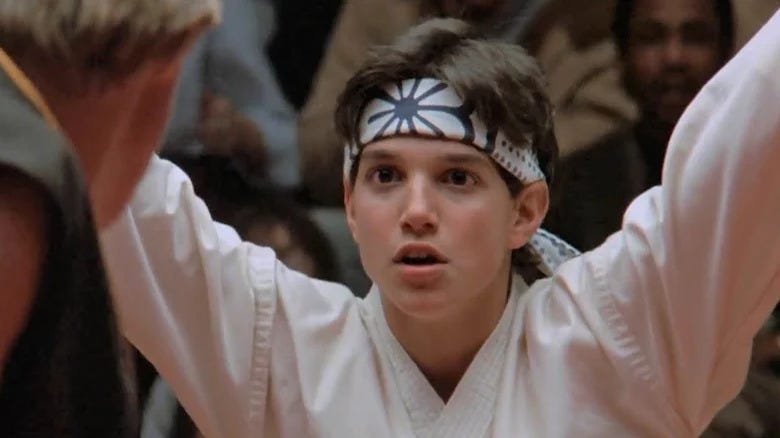
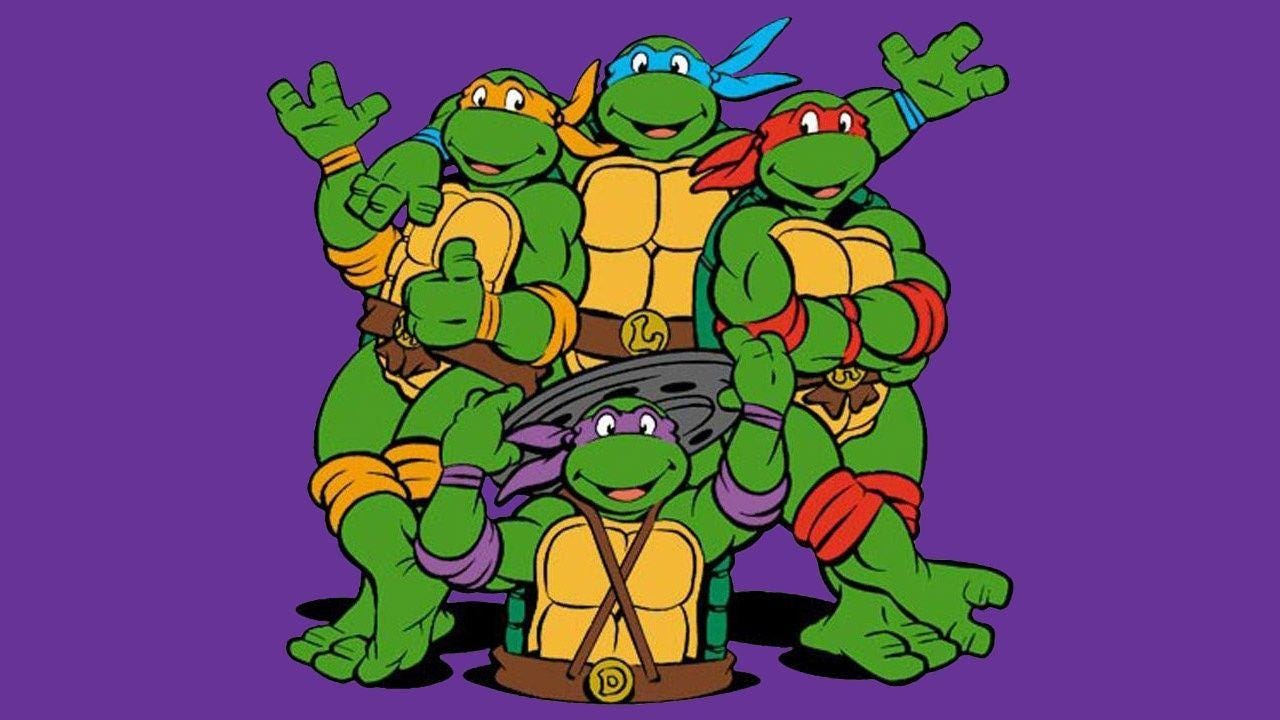
The problem with many shows today is the unnecessary use of mystery when the story would be much better told in a straightforward manner. Think how much better the sequel trilogy would have been if we had learned that Luke Skywalker was Rey's father at the end of The Force Awakens. Instead, we got one answer in TLJ and then a contradiction in TROS. Several mysteries were never explained, e.g., Rey's vision. Similarly, The Acolyte hid the main characters' motivations until the 7th episode. The problem that results is we can't relate to the characters without this information. It's not so much that the characters were bad, but that we just didn't care until far too late.